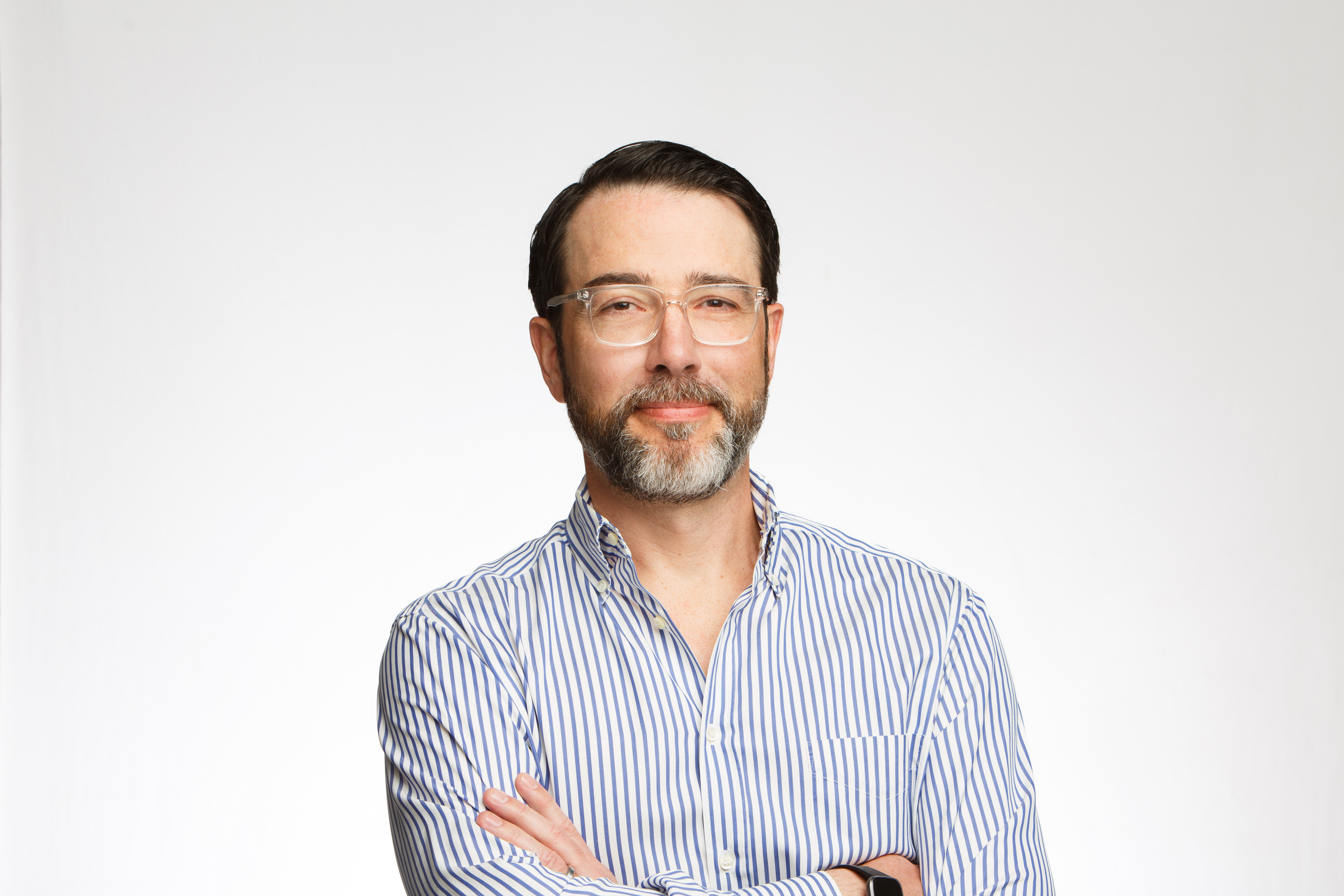Oral
International Issues
Improving Water Quality with Vegetated Solutions
Monday, May 19, 2025
4:00 PM - 4:15 PM Alaska Daylight Time (AKDT)
Room: Room 5

Mark Cadotte
Solmax, Alberta, Canada
Author(s)
Abstract Submission: The rock and concrete industry is the 3rd largest contributor to GHGs and carbon emissions worldwide accounting for roughly 10% of emissions globally. If they were a country, it would rank 3rd highest in emissions behind only USA and China. Recently, industry has seen initiatives for hard armoring alternatives and the use of nature-based solutions to provide long term resiliency to our infrastructure. Initiatives have come from acts including the WRDA 2020 and 2022 reaffirming the commitment to have greater use of nature-based projects by ensuring natural alternatives are fully evaluated by the USACE. Executive Orders and the 2030 Greenhouse Gas Pollution Reduction Target were issued to use nature-based solutions to enhance carbon sinks. In 2021, FEMA introduced its BRIC (Building Resilient Infrastructure and Communities) program encouraging and incentivizing the use of nature-based solutions for flood hazard mitigation and awarded $1 billion through this program. High Performance Turf Reinforcement Mats (HPTRMs) are considered nature based and bonus points are awarded within the BRIC framework.
Studies have shown vegetated HPTRMs can provide a quantifiable reduction in carbon footprint, carbon emissions while also promoting groundwater recharge. The EPA Stormwater Technology Fact Sheet also notes dramatic water quality improvement of vegetated swales when compared to rock and concrete.
We will examine the emissions and water quality impacts of using HPTRMs in lieu of rock riprap for a perimeter drainage channel in the City of Lloydminster, Alberta Canada. This drainage channel serves as the primary flood control and drainage for the City. Lloydminster, AB is located in a cold climate and we will also address some of the challenges of drainage and construction in cold climate.
Learning Objectives/Expected Outcome (Optional) :
Studies have shown vegetated HPTRMs can provide a quantifiable reduction in carbon footprint, carbon emissions while also promoting groundwater recharge. The EPA Stormwater Technology Fact Sheet also notes dramatic water quality improvement of vegetated swales when compared to rock and concrete.
We will examine the emissions and water quality impacts of using HPTRMs in lieu of rock riprap for a perimeter drainage channel in the City of Lloydminster, Alberta Canada. This drainage channel serves as the primary flood control and drainage for the City. Lloydminster, AB is located in a cold climate and we will also address some of the challenges of drainage and construction in cold climate.
Learning Objectives/Expected Outcome (Optional) :

